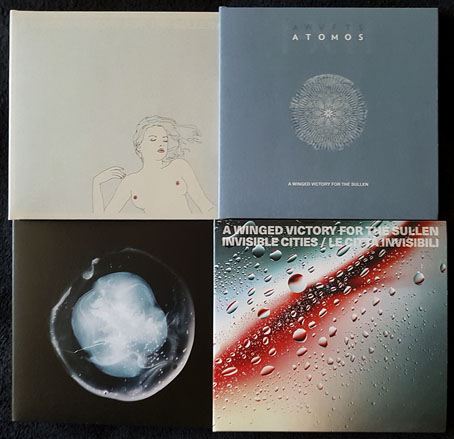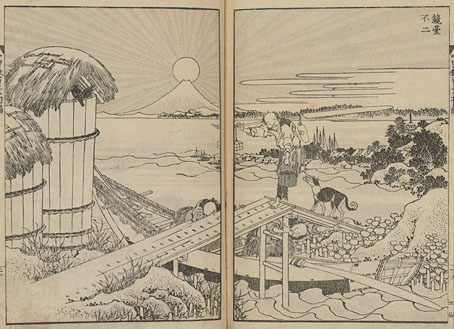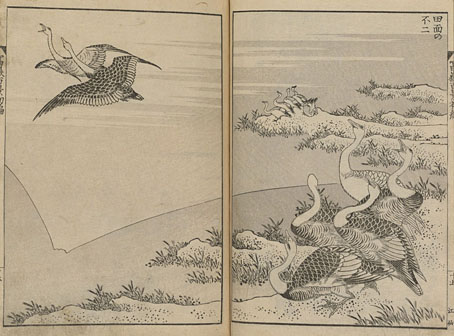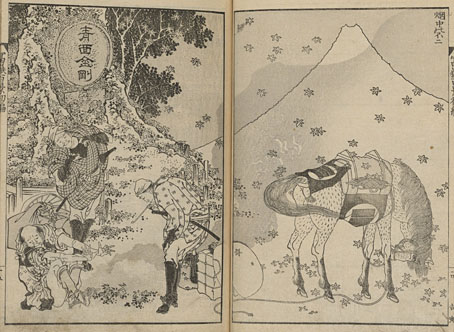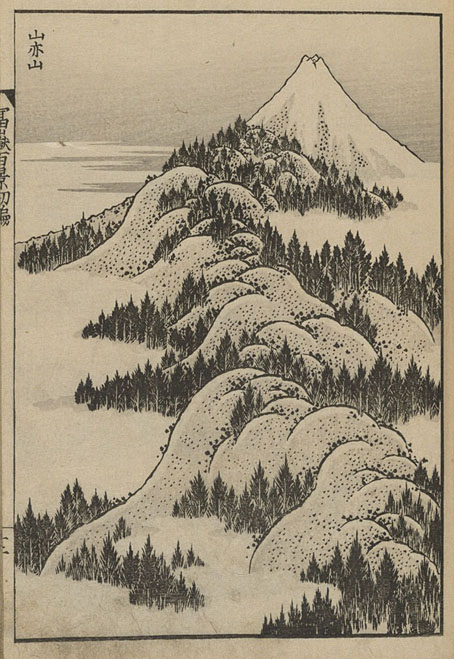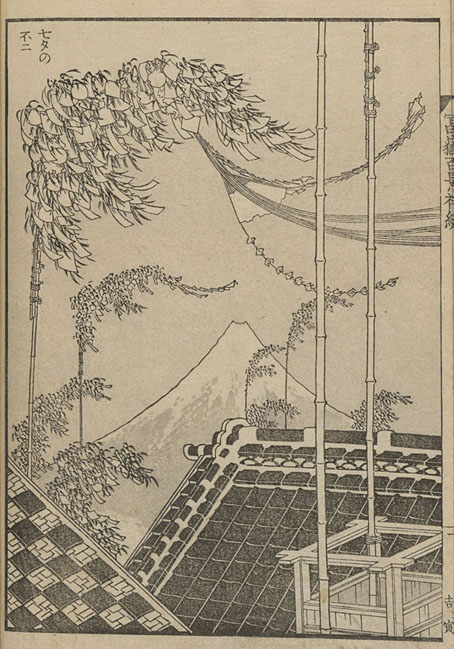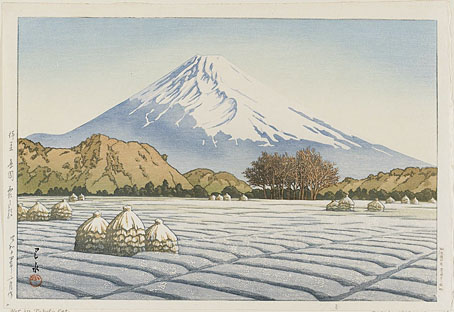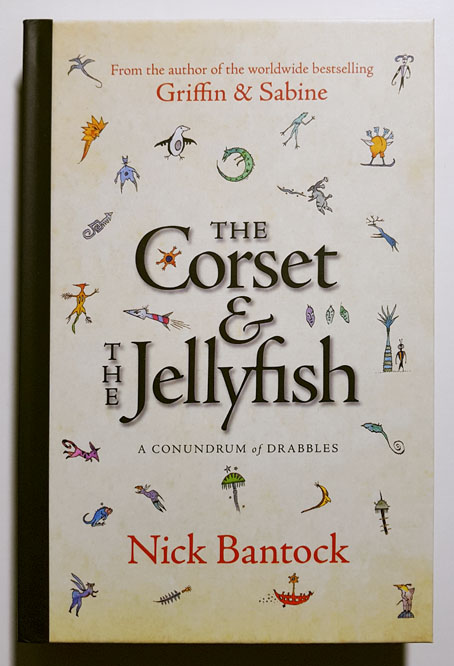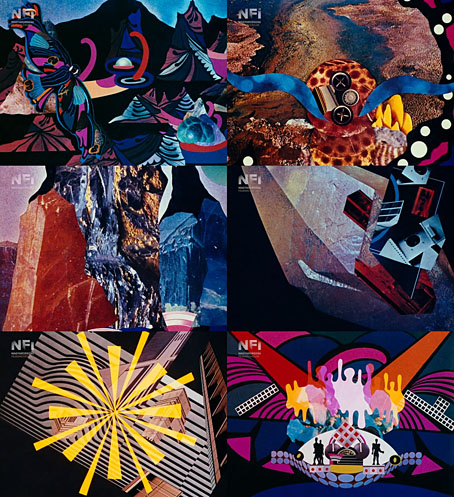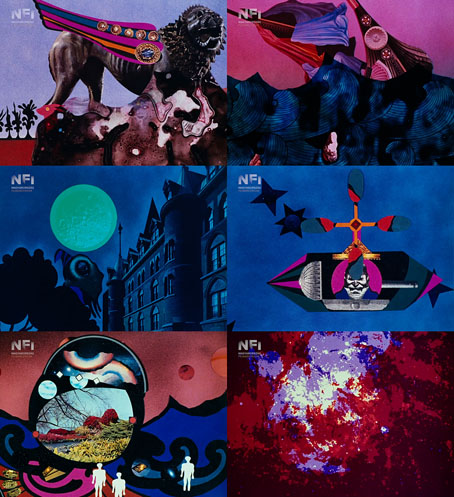A Winged Victory For The Sullen (2011) / Atomos (2014) / The Undivided Five (2019) / Invisible Cities (2021).
A quartet of albums by A Winged Victory For The Sullen (Adam Wiltzie and Dustin O’Halloran) that have been regular visitors to my CD player over the past couple of weeks, especially the second one Atomos. Wiltzie and O’Halloran have been active as A Winged Victory For The Sullen since 2011 but their discography is a small one so I’ve been doing my usual thing of looking around for lengthy live recordings to avoid over-playing the studio albums. What you have here are four different performances of Atomos, most of which don’t vary much on the visual side but, for three of them at least, music is the primary concern.
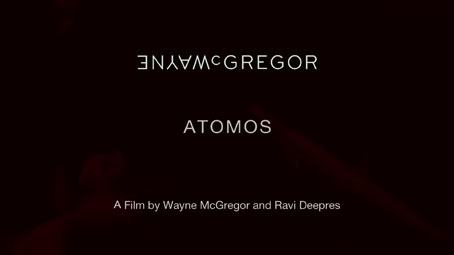
Atomos (2014).
The music was originally commissioned by Wayne McGregor as a score for a dance piece so I was pleased to find a recording of the whole thing at McGregor’s Vimeo channel. Atomos works well enough as a standalone composition but seeing it presented like this throws a new light on the music. This is also the only place you can hear Atomos IV which for some reason is missing from the CD and vinyl releases.
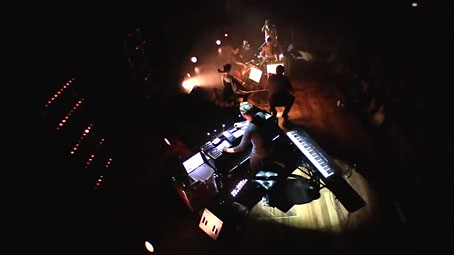
Boiler Room, Barbican, London (2014).
Boiler Room concerts are always good value, being long sets, professionally filmed and recorded.
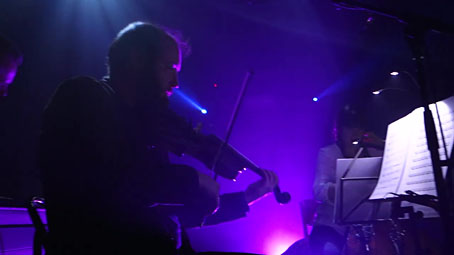
Flèche d’Or, Paris (2014).
A performance filmed in a smaller venue with a single camera. The camera-work is from the amateur “hosepiping” school but the sound is excellent and you get a lot of close shots of the string players.
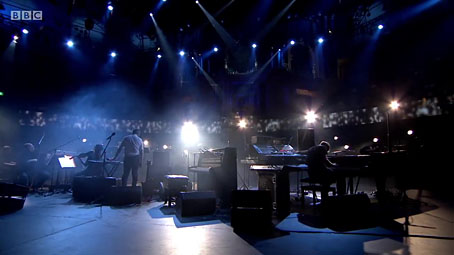
BBC Proms (2015).
Mary Anne Hobbs presents the group at the cavernous Royal Albert Hall, together with a performance by pianist Nils Frahm who, at the time, was sharing a label with AWVFTS. A few of Wayne McGregor’s dancers also appear in this one. Half of the session is devoted to Frahm but he’s very good so it’s worth staying with.
Previously on { feuilleton }
• Jóhannssonia
• More Invisible Cities (and an invisible author)

